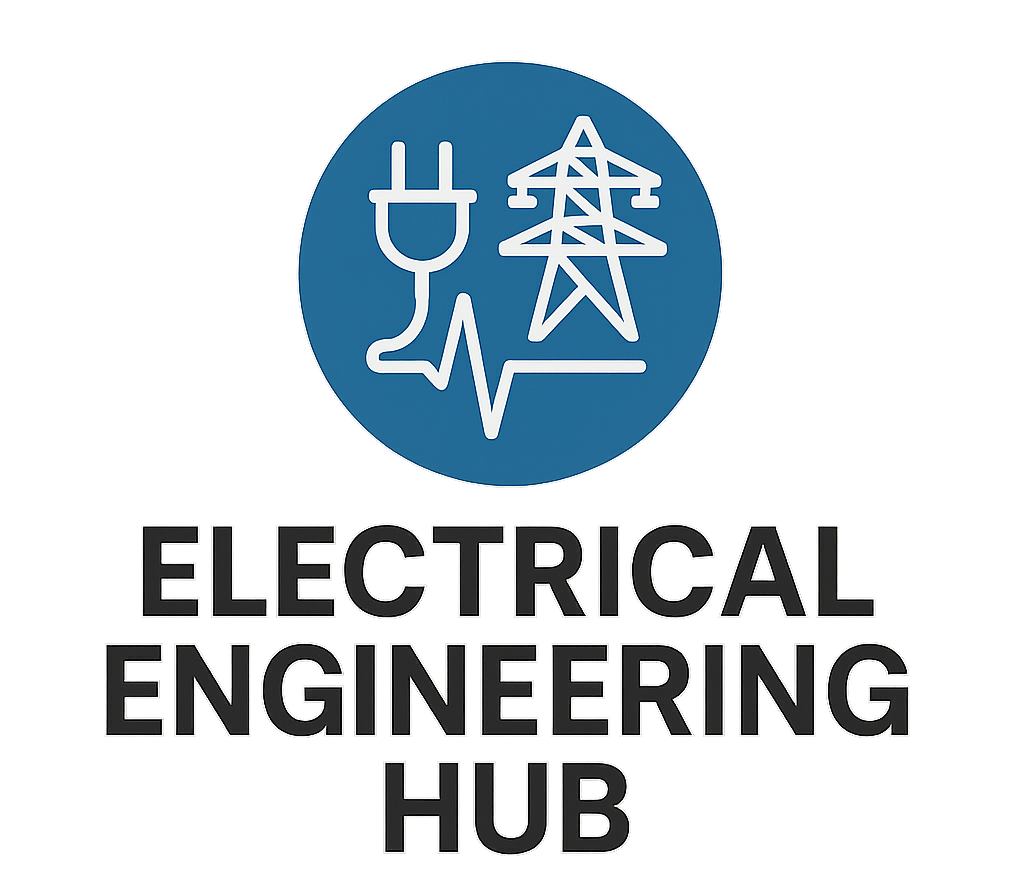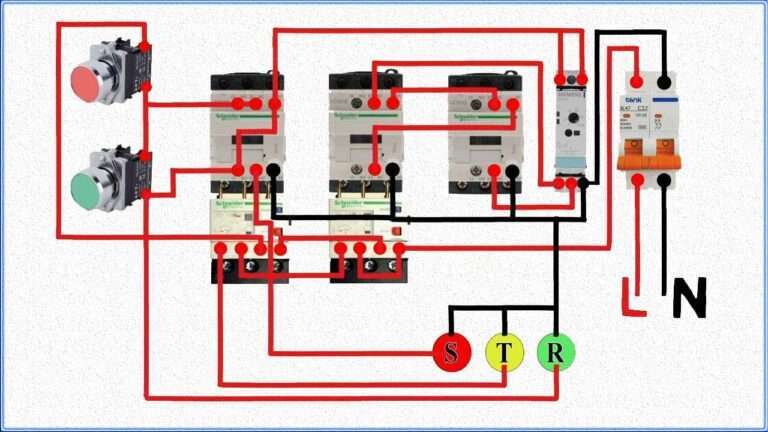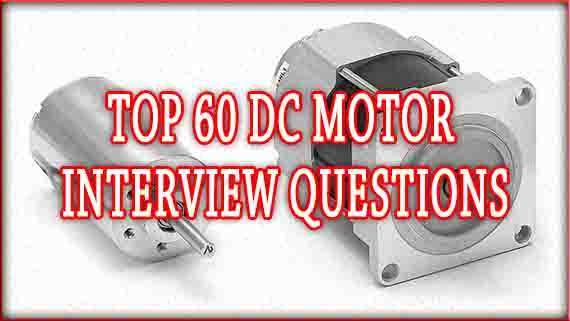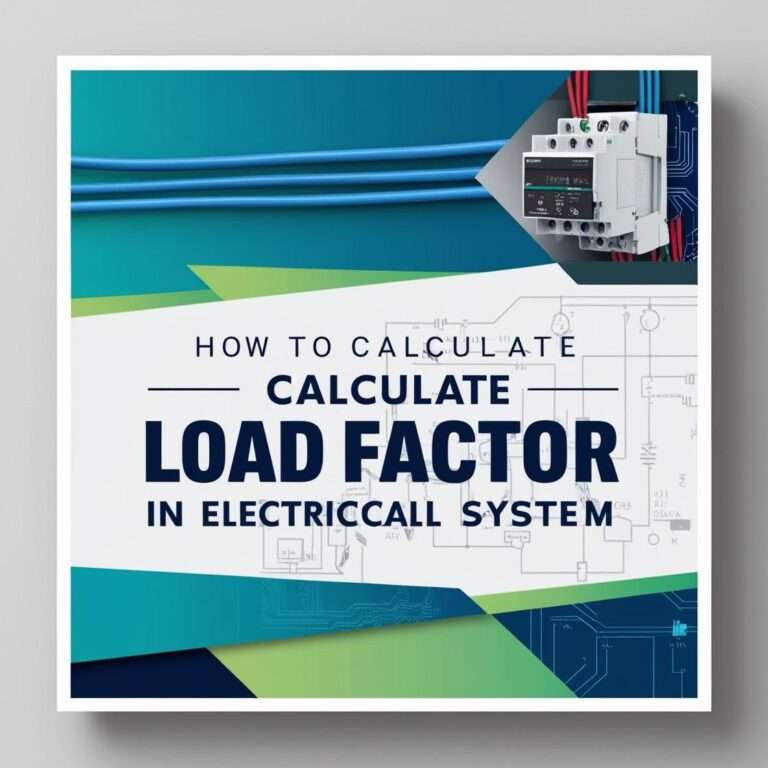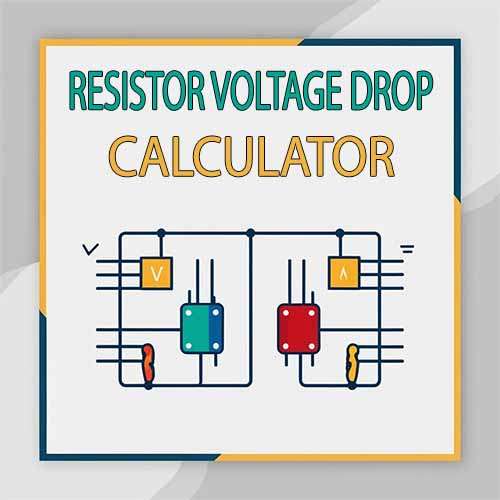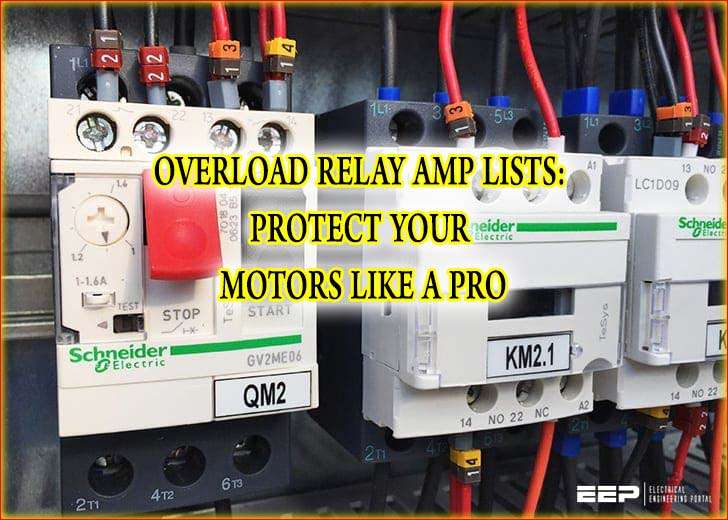Power Factor Correction Devices – Complete Technical Guide
Power is the backbone of every modern industry, business, and household. Yet, most people focus only on the amount of electricity consumed and ignore how efficiently that electricity is being used. Efficiency in electrical systems is measured by a term called power factor. A low power factor means wasted energy, higher electricity bills, and stress on electrical equipment. This is where power factor correction devices come into play. These devices are designed to improve system efficiency, reduce losses, and ensure that electricity is used in the most economical way.
Table of Contents
Table of Contents

In industrial, commercial, and even residential setups, utilities often impose penalties when the power factor is below a certain level. To avoid these penalties and to enhance equipment life, engineers install power factor correction devices. They act as tools to balance reactive power and improve the overall utilization of electrical energy.
The demand for power factor correction devices is increasing with the growth of industries, renewable energy integration, and smart grid adoption. Every business that runs heavy machinery or large motor loads can benefit from these devices. In fact, the savings in electricity bills often pay back the cost of these devices within a short period.
Key Takeaways
- Power factor correction devices improve energy efficiency by reducing reactive power.
- They help lower electricity bills and avoid utility penalties.
- Capacitors, synchronous condensers, and active power filters are common correction devices.
- Choosing the right device depends on load type, system size, and budget.
- Improved power factor leads to better equipment performance and longer lifespan.
What Are Power Factor Correction Devices?
Power factor correction devices are electrical equipment installed in power systems to improve the power factor. They achieve this by reducing or compensating for reactive power.
In simple terms, reactive power does not perform useful work but is necessary to maintain voltage levels in the system. Too much reactive power, however, decreases the efficiency of power delivery.
The devices work by supplying reactive power locally, so the utility grid does not have to. This reduces the current drawn from the grid, minimizes line losses, and improves voltage stability. For industries running large motors, compressors, pumps, or transformers, power factor correction devices become an essential part of the electrical infrastructure.
Why Power Factor Matters in Electrical Systems
Power factor is the ratio between real power (kW) and apparent power (kVA). Real power is the useful power that does actual work like running machines or lighting lamps. Apparent power is the total power supplied, which includes both real power and reactive power (kVAR).
A low power factor means the system is consuming more apparent power than necessary. This leads to oversized cables, higher transformer loading, and inefficient use of electricity. For example, a motor with a power factor of 0.7 will draw significantly more current than the same motor with a power factor of 0.95. Utilities often set a minimum acceptable limit, usually around 0.9, to ensure efficient operation.
Types of Power Factor Correction Devices
Power factor correction devices can be broadly divided into passive and active categories. Each has its advantages and is suited for specific applications.
Capacitor Banks
Capacitor banks are the most common power factor correction devices. They provide reactive power locally by storing and releasing electrical energy. This reduces the reactive component of the load current, improving the overall power factor. Capacitors are cost-effective, reliable, and widely used in both low and high-voltage systems.
Synchronous Condensers
A synchronous condenser is essentially a synchronous motor running without a mechanical load. It can either absorb or generate reactive power, making it highly flexible. Though more expensive than capacitors, synchronous condensers are useful in high-voltage transmission systems where precise control of reactive power is required.
Static VAR Compensators (SVC)
SVCs are advanced power factor correction devices that use thyristor-controlled reactors and capacitors. They can dynamically adjust reactive power in real-time. These are typically used in large industrial plants or utility grids where loads change frequently.
Active Power Filters (APF)
Active power filters are modern solutions that not only correct power factor but also eliminate harmonics from the system. They use power electronics to inject compensating currents, making them highly effective for sensitive loads such as data centers or electronics manufacturing facilities.
Hybrid Solutions
In many applications, a combination of capacitors and active filters is used. This hybrid system provides both cost-effectiveness and advanced correction for complex loads.
Technical Working of Power Factor Correction Devices
The working principle of power factor correction devices depends on the type. For capacitors, the principle is simple. Inductive loads, such as motors, draw lagging current. Capacitors provide leading current. When connected in parallel, the leading current of capacitors cancels out the lagging current of inductors, improving the power factor.
Synchronous condensers adjust their excitation level to either absorb or generate reactive power. Active power filters monitor the load current, detect harmonic and reactive components, and generate compensating currents using semiconductor switches.
Comparison of Power Factor Correction Devices
| Device Type | Cost | Application Level | Advantages | Limitations |
|---|---|---|---|---|
| Capacitor Banks | Low | Low & Medium Voltage | Cost-effective, reliable, simple to install | Cannot handle harmonics |
| Synchronous Condensers | High | High Voltage | Dynamic control, high reliability | Expensive, requires maintenance |
| Static VAR Compensators | Medium | Industrial/Utility | Fast response, dynamic load adaptation | Higher initial cost |
| Active Power Filters | High | Sensitive Loads | Harmonic elimination, precise correction | Expensive, requires electronics |
| Hybrid Solutions | Medium | Mixed Loads | Balanced solution with flexibility | System complexity |
Benefits of Power Factor Correction Devices
The installation of power factor correction devices provides multiple benefits:
- Reduction in electricity bills due to improved power factor.
- Elimination of utility penalties.
- Increased capacity of transformers and generators.
- Lower losses in cables and distribution systems.
- Improved voltage stability and equipment performance.
- Reduced carbon footprint through efficient energy use.
Industrial Applications of Power Factor Correction Devices
Industries are the largest users of power factor correction devices. Manufacturing plants, cement factories, textile mills, and mining operations all use heavy induction motors that lower power factor. Without correction, such facilities would face significant penalties from utilities and frequent equipment failures.
In commercial buildings, devices like capacitor banks are used to improve elevator, air conditioning, and lighting system efficiency. Even residential areas can benefit from small-scale correction, especially where solar inverters and home automation devices create reactive power issues.
Challenges in Implementing Power Factor Correction Devices
While the benefits are clear, implementing power factor correction devices comes with challenges. Harmonics are one major issue. In modern systems with nonlinear loads like variable frequency drives (VFDs) and computers, capacitors can resonate with system inductance, leading to failures. Active filters can solve this problem, but they come at a higher cost.
Another challenge is system dynamics. For systems where loads change rapidly, fixed capacitor banks may not be effective. Dynamic solutions like SVCs or APFs are better suited but need higher investment.
Future Trends in Power Factor Correction Devices
The future of power factor correction devices is moving toward smart and adaptive systems. With the rise of renewable energy sources, load fluctuations are becoming more unpredictable. Smart devices that can communicate with the grid, predict load changes, and adjust accordingly are being developed.
Integration with Internet of Things (IoT) platforms is also on the rise. IoT-enabled power factor correction devices allow real-time monitoring, predictive maintenance, and remote control. This not only ensures efficiency but also reduces downtime.
How to Select the Right Power Factor Correction Device
Power Factor Correction method depends on load characteristics, system size, and budget. For a small workshop with a stable load, a capacitor bank is sufficient. For a large industrial plant with variable loads, SVCs or active filters may be better.
Key factors to consider include:
- Type of load (linear or nonlinear).
- System voltage level.
- Presence of harmonics.
- Utility penalty structure.
- Initial investment and payback period.
Example Calculation of Power Factor Correction
Consider an industrial load with the following details:
- Real power (P) = 500 kW
- Power factor = 0.75 lagging
- Desired power factor = 0.95
Apparent power at existing PF: S = P / PF = 500 / 0.75 = 666.7 kVA
Reactive power (Q1) = √(S² – P²) = √(666.7² – 500²) = 442 kVAR
Apparent power at desired PF: S2 = 500 / 0.95 = 526.3 kVA
Reactive power (Q2) = √(526.3² – 500²) = 163.3 kVAR
Required correction = Q1 – Q2 = 278.7 kVAR
This means a capacitor bank of about 280 kVAR is needed to correct the system power factor from 0.75 to 0.95.
Conclusion
Power factor correction devices are essential tools for improving energy efficiency in modern power systems. They reduce wasted energy, lower electricity bills, and ensure equipment operates at its full potential. From simple capacitor banks to advanced active filters, each device has its role in ensuring stable and efficient power supply.
With growing demand for sustainable and efficient energy, these devices are no longer optional but necessary. Whether for industries, commercial buildings, or even residential systems, investing in the right power factor correction device provides both financial savings and technical reliability.
Follow Us on Social:
Subscribe our Newsletter on Electrical Insights for latest updates from Electrical Engineering Hub
#PowerFactorCorrectionDevices, #PowerFactor, #ElectricalEngineering, #EnergyEfficiency, #PowerQuality, #IndustrialPower, #PowerFactorImprovement, #EnergySavings, #ReactivePower, #ElectricalSystems, #SmartGrid, #CapacitorBank, #MotorEfficiency, #PowerFactorCorrection, #TechnicalGuide
